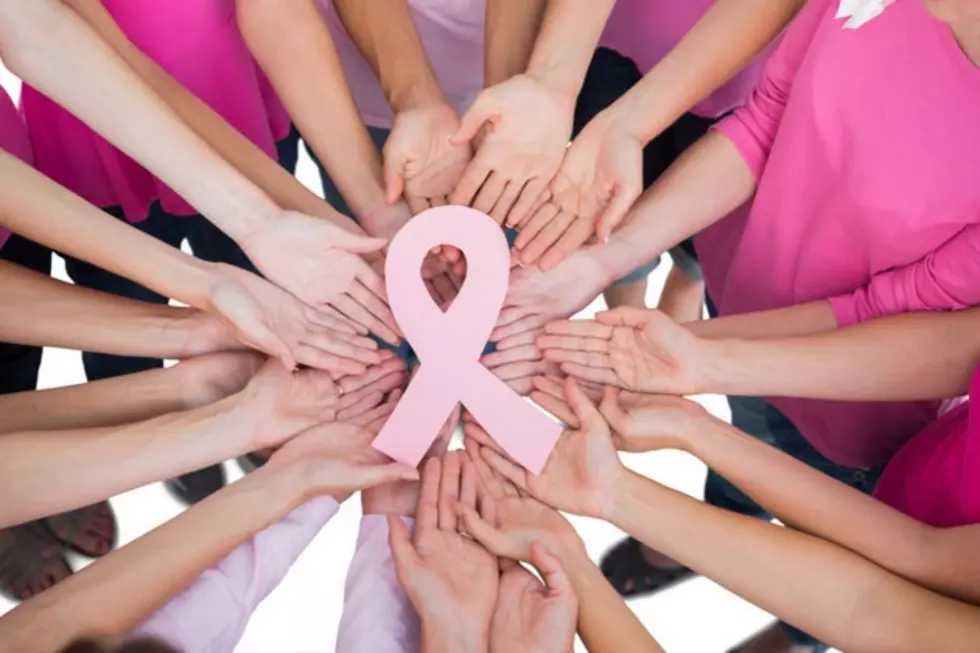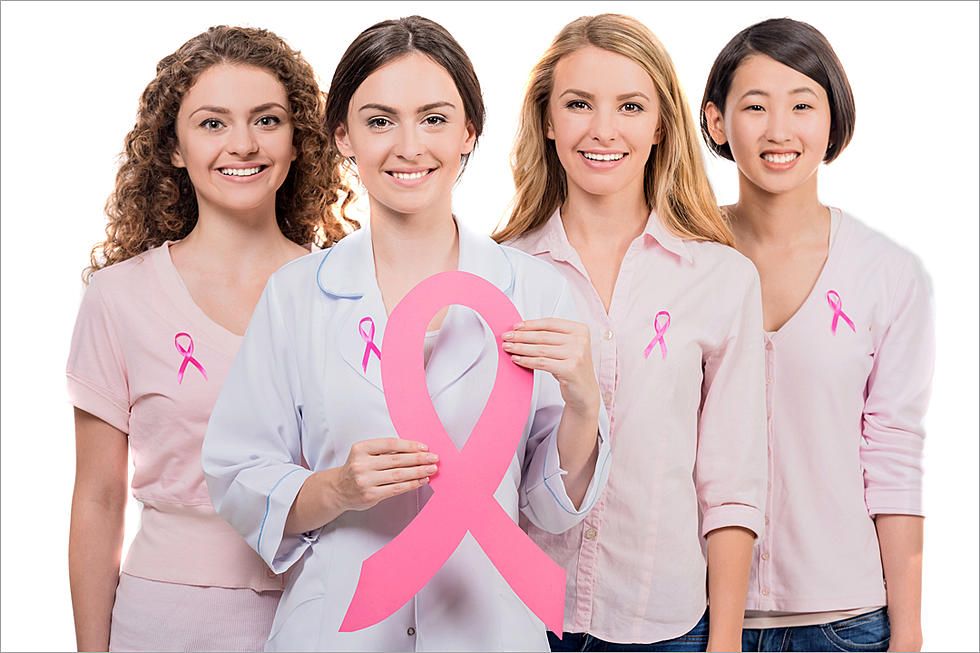
Breast Cancer Research Institute Cautiously Continues 40 for Mammo Age
Yesterday, the American Cancer Society and the U.S. Preventive Services Task Force changed their recommendations for the suggested start age for mammography screening for breast cancer in women.
The American Cancer Society changed their number to 45. The U.S. Preventive Services Task force recommends they start at 50.
This is a big change. I was glad to see a reaction by the Breast Cancer Research Institute this morning.
The importance of screening is such a big part of the messaging that comes from all of these organizations, and the change is so unexpected that I wanted to include their entire release. If you want to see it on their site, check it out here.
The Breast Cancer Research Foundation Comments on New Mammography Screening Guidelines
BCRF scientific leaders believe it is entirely reasonable for women to continue to get mammograms every year starting at 40. Much of the public discussion about the risks of mammographic screening do not emphasize the fact that the risks are subjective.
The Breast Cancer Research Foundation (BCRF), the nation’s highest rated breast cancer organization and the world’s largest non-profit funder of breast cancer research this year, offered perspective on the newly released mammography guidelines.
Personalized medicine – that is, tailoring medical care for each person based on her or his values and needs, genetics and family history of disease – applies to screening as well as treatment. Every woman of any age should discuss with her ob-gyn or family doctor at what age and how frequently to have a mammogram.
- On October 20th, 2015 the American Cancer Society (ACS) released new guidelines for mammography screening;
- ACS recommends that women of average risk for breast cancer begin annual screening mammograms at age 45 but agrees that women may rationally choose to start at age 40;
- However, many other expert organizations, including the American College of Radiology (statement here) continue to recommend mammograms every year starting age 40.
It is entirely reasonable for women to continue to get a mammogram every year starting at age 40. BCRF encourages women speak to their healthcare provider, have a discussion about breast cancer screening guidelines and make an informed decision on what age and how often to be screened.
Screening, by providing early detection, not only increases survival rates but also minimizes the chances of needing a mastectomy or requiring chemotherapy. And, just as importantly, since annual mammograms have proved effective in finding tumors when they are small and at early stages, they can reduce the risk of the cancer metastasizing (spreading to another site). While every tumor biology is unique, in general, the smaller the tumor is when discovered, the more treatable it is, providing the best odds for a better outcome. In addition, early screening has been associated with the detection of lower risk, easier-to-treat cancers in many studies.
Much of the public discussion about the risks of mammographic screening do not emphasize the fact that the risks are subjective in that they are largely limited to the person having an additional mammographic view or a sonogram and rarely a biopsy that proves that the mammographic finding is not cancer. The benefits, however, are objective. Everyone who studies the subject agrees that deaths from breast cancer are reduced by a percentage of women screened in any age group.
While mammograms may not yet be perfect, screening continues to be important. Currently, grantees supported by BCRF are working diligently to develop even better (that is, more precise) imaging tools to improve upon mammography, while advancing the discovery of biomarkers and new technologies to distinguish between low risk and high risk breast lesions.
Today, mammography is a critical component of our available breast cancer control strategies. At the same time, BCRF—and the scientific community at large—clearly has more to do to improve the state-of-the-art in the future. To accomplish our goals we need an informed and educated public that engages with us in seeking advances for the future.
Know where you stand. Starting in your 20s, talk to your ob-gyn or family physician about your breast health and family history starting so you can understand your individual risk factors for developing breast cancer and keep on top of the best screening recommendations for you.
Research sites. Find a high-quality mammography facility near you by checking the American College of Radiology’s list of Breast Imaging Centers of Excellence at acr.org.
Get your results. Once you’ve had a mammogram, it’s mandatory that the facility notify you in writing of the outcome within 30 days. If you haven’t received word, don’t shrug it off. Follow up.
Keep your records. If you change doctors, request that all your mammograms be put on a CD-ROM or flash drive so you can take them to your new mammography facility.
More From Retro 102.5




![STINK! New Documentary Exposes Cancer Causing Chemicals in Everyday Products [VIDEO]](http://townsquare.media/site/49/files/2015/11/Stink-Documentary-Capture-Stink-via-YouTube.jpg?w=980&q=75)
![The Best Article About the Link Between Sugar and Cancer [VIDEO]](http://townsquare.media/site/49/files/2015/11/IMG_42541.jpg?w=980&q=75)
![Why I Keep Harping on Food and Health Subjects-Paul’s Periscopes [VIDEO]](http://townsquare.media/site/49/files/2015/11/Paul-instagram-studio-window-e1447174627818.jpg?w=980&q=75)
![Risk Factors for Cancer and Our Health that We Can Influence [VIDEO]](http://townsquare.media/site/49/files/2015/11/RS1249_95430668-scr.jpg?w=980&q=75)
![Fort Collins Dodge Gives $11,000 to Hope Lives – Watch it LIVE – Paul’s Periscopes [VIDEO]](http://townsquare.media/site/49/files/2015/11/20151103_122515.jpg?w=980&q=75)
